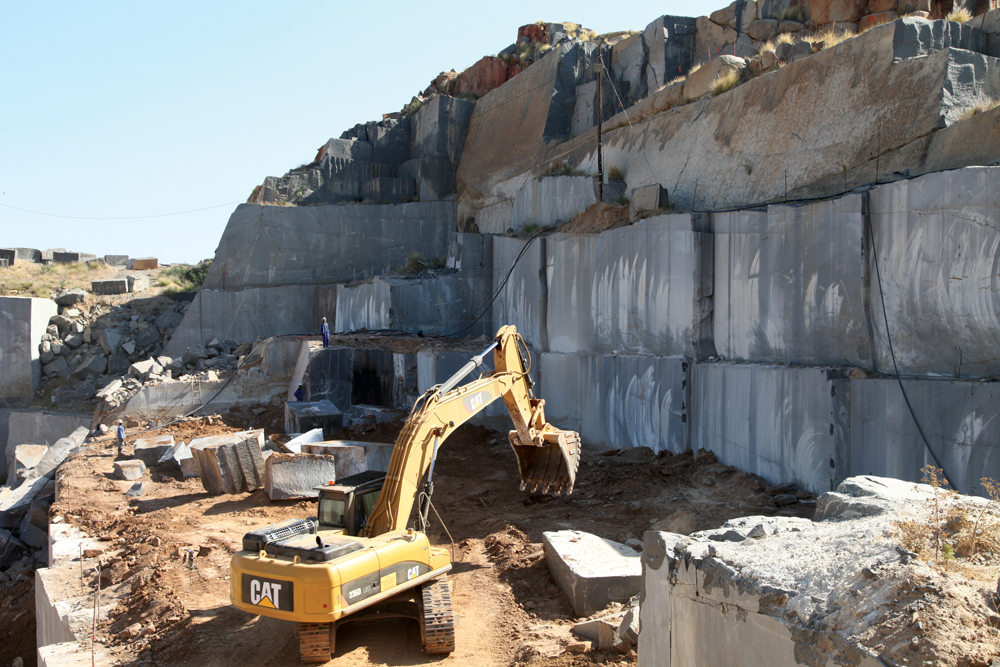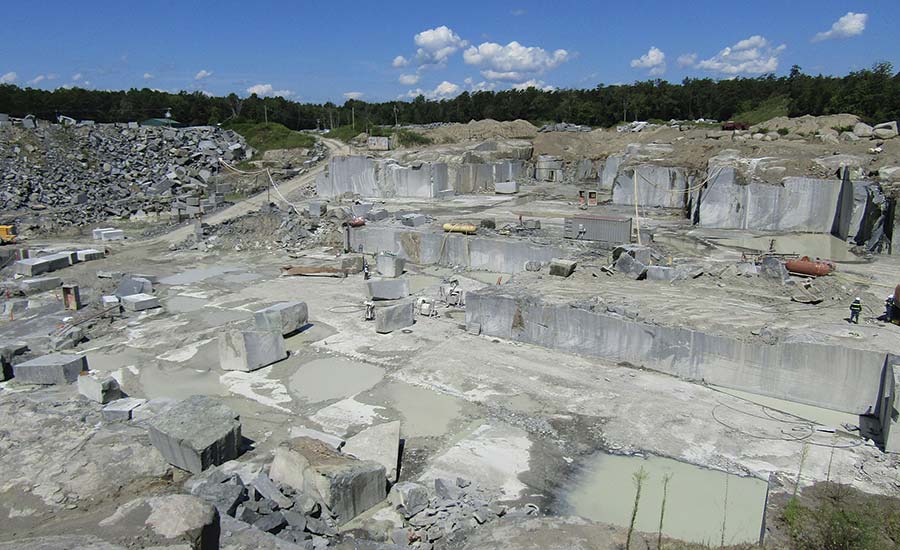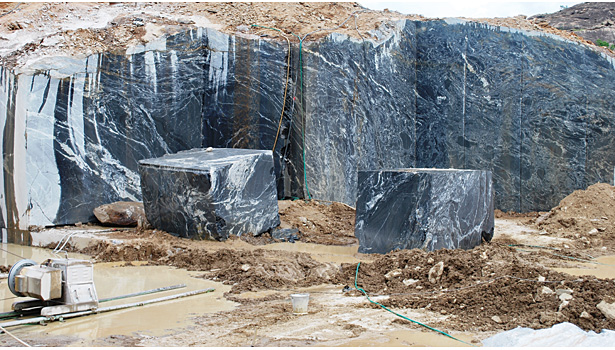The Hidden Treasures: Exploring Granite Quarries in South Africa
The Hidden Treasures: Exploring Granite Quarries in South Africa
Blog Article
Unveiling the Mysteries of Granite Quarrying: Where Stamina and Style Meet
The globe of granite quarrying is a realm where the raw stamina of nature assembles with human artistry to develop structures that stand the test of time with an air of style. From the midsts of quarries to the thorough sprucing up in workshops, the procedure of transforming granite right into architectural wonders is a complex dance of custom and innovation. As we peer right into the midsts of this old craft, we start to discover the surprise intricacies that shape the really essence of our built setting.
The Origins of Granite Quarrying
In the annals of architectural background, the origins of granite quarrying are shrouded in a tapestry of old craftsmanship and geological wonders. Dating back to ancient Egypt and Mesopotamia, the removal of granite from quarries marked the start of a journey that would at some point lead to the creation of several of the world's most renowned structures.
Granite quarrying's origins can be traced to the knowledgeable artisans that acknowledged the rock's resilience and aesthetic allure. With a mix of primitive tools and sheer decision, these early quarry employees uncovered granite blocks that would come to be the foundation of civilizations.
As human beings developed, so did the techniques of quarrying granite. The Romans, renowned for their engineering prowess, developed advanced approaches for drawing out granite to create monoliths, temples, and roadways that stood the examination of time.
The tradition of these old quarrying practices remains to shape modern design, with granite staying a symbol of stamina and beauty in construction tasks around the globe. (granite quarries in south africa)
Tools of the Quarrying Profession
The advancement of granite quarrying methods from old worlds to contemporary times highlights the critical role played by the devices of the quarrying profession in shaping the industry's methods. In ancient times, quarrying tools were simple, frequently containing blades, hammers, and wedges made from products like bronze or iron. These tools required significant manpower and time to remove granite obstructs from quarries.

Additionally, the introduction of pneumatically-driven tools and high-powered equipment has significantly decreased the physical labor required in quarrying operations, improving worker safety and security and productivity. As the quarrying sector remains to innovate, the devices of the trade look these up stay at the center of driving progress and forming the future of granite extraction.
Drawing Out Blocks of Granite
Making use of accuracy machinery and progressed strategies, the removal of granite obstructs from quarries has actually become a sophisticated process in the modern quarrying sector. Regulated blasting strategies are after that employed to damage apart the granite right into workable areas.

Sprucing Up and Completing Strategies
To accomplish a perfect surface on granite blocks, knowledgeable craftsmens use a collection of careful sprucing up and ending up techniques. After the initial extraction and forming processes, the granite obstructs go through a detailed polishing stage to improve their natural appeal and durability. One common technique utilized in polishing granite is ruby abrasion, where commercial diamonds are utilized to grind and polish the stone to a smooth coating. This process not just creates a glossy surface but likewise guarantees harmony in shade and texture throughout the granite block.
In enhancement to polishing, completing strategies are related to further improve the granite's appearance. These techniques might include flaming, developing, or cleaning, each offering special structures and coatings to suit different aesthetic preferences. Flaming, for circumstances, includes subjecting the granite surface to heats to create a rough, textured coating, suitable for exterior applications where slip-resistance is vital. Honing, on the other hand, provides a matte you can try these out finish that is smooth to the touch, excellent for indoor countertops and floor covering. By meticulously picking and using these brightening and finishing techniques, artisans can change raw granite obstructs into beautiful items that showcase both toughness and elegance.

Ecological Effect and Sustainability
With the growing focus on ecological consciousness in the market, granite quarrying techniques are significantly scrutinized for their influence on natural resources and long-lasting sustainability. In addition, the transport of granite from quarries to processing facilities produces carbon discharges, even more contributing to ecological degradation.
To minimize these influences and guarantee sustainability in granite quarrying, industry stakeholders are taking on numerous steps. Applying innovative innovations to lower energy usage and water use, redeeming quarried land for ecological remediation, and advertising accountable sourcing practices are some approaches being utilized. Qualifications such as the Woodland Stewardship Council (FSC) and the Leadership in Energy and Environmental Design (LEED) help consumers determine environmentally friendly granite products.
Verdict
Finally, granite quarrying is a process that requires specialized tools and methods to extract blocks of granite and brighten them to a high degree of finish. While the environmental influence of quarrying can be significant, efforts are being made to boost sustainability methods in the market. Generally, granite quarrying is a fragile equilibrium in between utilizing the toughness and sophistication of this all-natural rock while lessening its impact on the environment.
Report this page